The Blood-Borne "Ether-à-go-go" Energy Field & Terahertz
What does the 3-in-1 (Terahertz, Quantum & Optical Quarts) Terahertz Blower do? Transmits heat and light!
Did you know that by unscrambling the word ‘terahertz’ you can form the word, Aether?
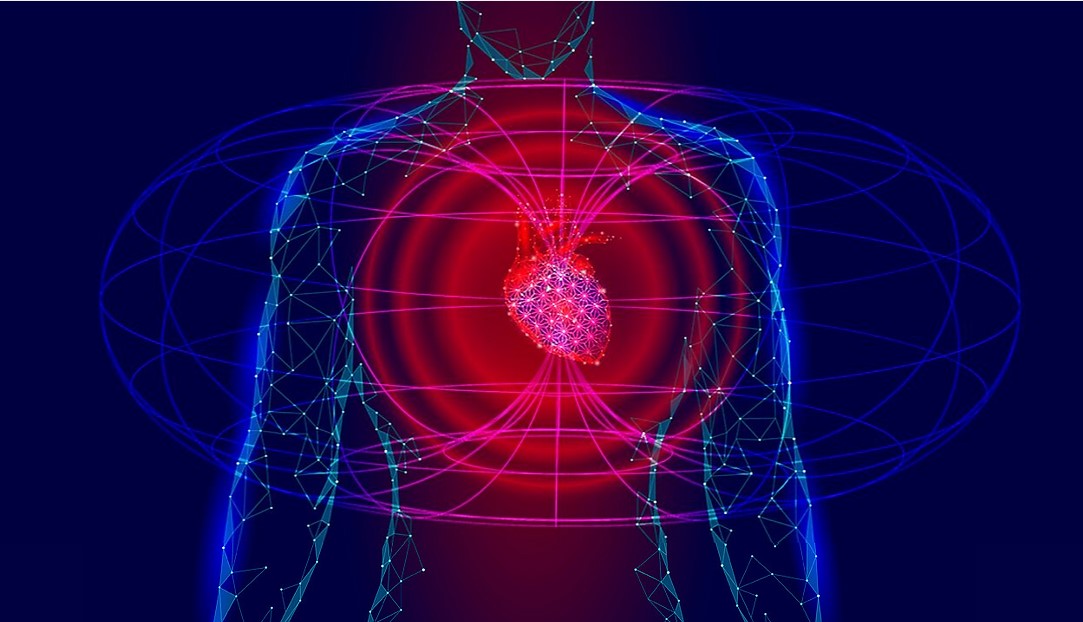
Aether is the means
by which something comes out of ‘nothing. From an insensible, transparent
substance affecting the circular motions of heavenly bodies, to an
indispensable omnipresent medium accounting for all manifest phenomena: matter,
mass, gravity, open space, as well as primary energetic phenomena like light,
electricity, and magnetism.
Held within the 20,000 plus genes we have there exists a gene called hERG.
Ether-à-go-go
The hERG (the human Ether-à-go-go-Related Gene) is a gene (KCNH2) that codes for a protein known as Kv11.1, the alpha subunit of a potassium ion channel. This ion channel (sometimes simply denoted as 'hERG') is best known for its contribution to the electrical activity of the heart: the hERG channel mediates the repolarizing IKr current in the cardiac action potential, which helps coordinate the heart's beating.
This gene may be called Ether-à-go-go because it uses the electrical nature of the universe, the void, or that unoccupied space with those electromagnetic waves from the vacuum in order to help regulate the beating of our heart.
The hERG (the human Ether-à-go-go-Related Gene) has also been associated with modulating the functions of some cells of the nervous system.
The heart needs a source of energy and oxygen to function. The heart's pumping action is regulated by an electrical conduction system that coordinates the contraction of the various chambers of the heart.
The sympathetic and parasympathetic nervous systems are opposing forces that affect your heart rate. Both systems are made up of very tiny nerves that travel from the brain or spinal cord to your heart. The sympathetic nervous system is triggered during stress or a need for increased cardiac output and sends signals to your heart to increase its rate. The parasympathetic system is active during periods of rest and sends signals to your heart to decrease its rate.
Loss-of-function in this channel may lead to long QT syndrome (LQT2), while gain-of-function mutations may lead to short QT syndrome. Both clinical disorders stem from ion channel dysfunction (so-called channelopathies) that can lead to the risk of potentially fatal cardiac arrhythmias.
The Ether
Ether is from the Latin word aethēr (“highest and purest part of the atmosphere; air; heavens, sky; light of day; ethereal matter surrounding a deity, from Ancient Greek αἰθήρ (aithḗr, “purer upper air of the atmosphere; heaven, sky; theoretical medium supposed to fill unoccupied space and transmit heat and light”).
What does the iTeraCare Quantum Terahertz Device do?
Transmits heat and light!
This ether substance fills the upper regions of the atmosphere above the clouds, and in particular, is said to be a medium breathed by deities.
1. (by extension) The medium breathed by human beings; the air.
2. (by extension) The sky, the heavens; the void, nothingness.
This is the invisible substance once thought to fill all unoccupied space that allowed electromagnetic waves to pass through it and interact with matter, without exerting any resistance to matter or energy.
The study of dielectric properties concerns the storage and dissipation of electric and magnetic energy in materials. In this case you!
It is also not possible to describe dielectricity, magnetism, electricity, or light in natural systems without considering their interactions with water. This is relevant since water composes about 60% of living bodies and covers about 70% of the earth’s surface.
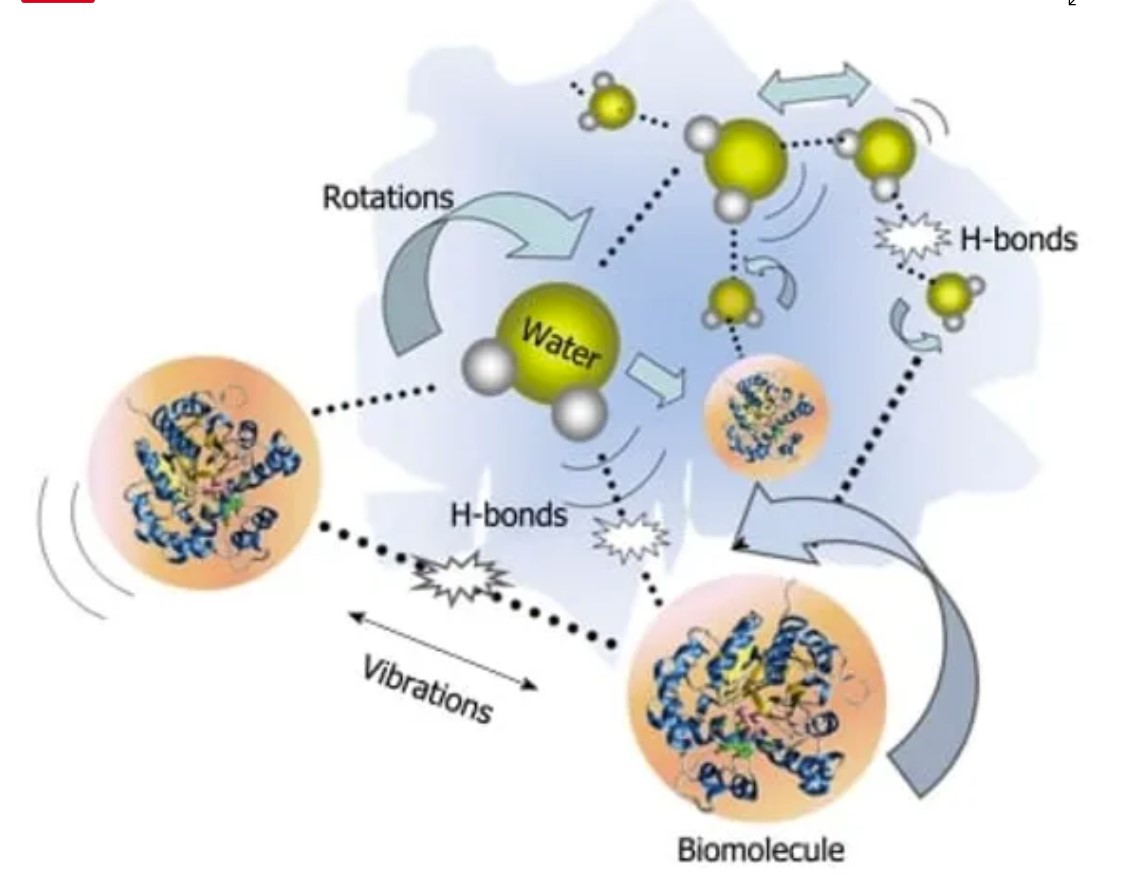
See: Terahertz Waves Are Strongly Absorbed By Water Molecules
The functional effects of the body’s energy system are mediated via the anomalous ‘elemental’ properties of water. And planetary phenomena like the diurnal tide cycles, which scientists attribute to lunar gravitational effects, arise from interactions between water and the conjoined dielectric/magnetic field.
The Three Primary Aether Modalities in the Water-Body
First, the magnetic, which takes origin in the cardiovascular system; secondly, the radiant, related to ambient light-fall upon the body from the outside or that generated internally, and flows as organized currents in interstitial water; and the dielectric, which predominates in the intracellular fluid spaces, mediated by ion currents, and is involved in the generation and maintenance of cell structure and molecular energy metabolism.
Heart & Magnetic Field
When it moves and contracts it expels blood and when it relaxes and is quiet it receives blood.
Based on our knowledge of aether effects, the active outward expansion of the ventricle and suctional force must be taken as prima facie evidence of magnetic field dynamics for, as Wheeler points out, magnetism is the only aether modality to possess 3-D spatiality.
At the apex of the heart, the muscle fiber band makes forms a spiral loop known as the vortex cordis.
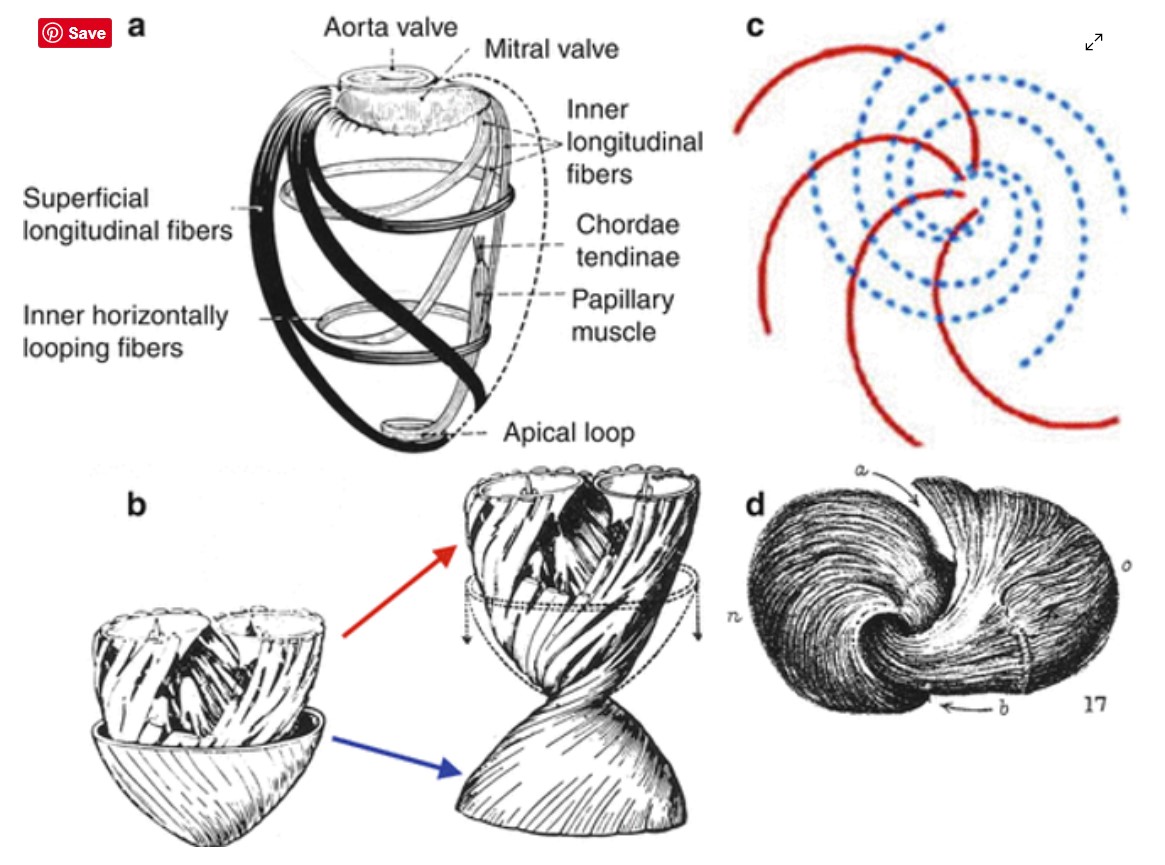
In the wall of the heart, the spin of the fibers gradually morphs from a righthanded helical configuration near the ventricular cavity to a left-handed helix at the outer wall, resembling the mirror-image spin symmetry of the magnetic field.
What happens in left ventricle systolic contraction is identical to what happens in the generation of an external magnetic field secondary to the electrification of a ferrous object.
Evidence indicates that electrical currents don’t induce ventricular contraction but, instead, generate an external magnetic field. Or, the Aether generates the electrical field!
The flow of electrical currents through nerves and heart muscle during systole saturates the dielectric field inducing nuclear precession in cardiac muscle iron stores.
This blood-borne energy field manifests in periodic (oscillational) pulse waves mediated by endothelial-dependent dilation of the arterial wall and the release of nitric oxide. Periodic outward dilation of the arterial wall, like diastole, is a result of an aether-derived magnetic force that, in this instance, originates in the blood.
Diastolic dysfunction is the ubiquitous precursor to so many chronic conditions, like cardiac diseases like coronary artery disease and chronic heart failure, that one wonders how scientists have yet to put two-plus-two together.
Diastolic dysfunction is present in asymptomatic obese individuals. It is present in early diabetes, the globally escalating metabolic syndrome, as well as chronic kidney disease and fatty liver disease all of which take origin in the deterioration of the magnetic and blood-borne energy field.
The field is not limited to the cardiovascular system but, instead, involves a broader nexus of primarily mesodermal elements that compose tissues like blood, muscle, liver, and spleen. The common shared feature among the organs and tissues of the field is an active iron metabolism. The central player in this nexus of relations is the liver which orchestrates the body-wide disposition of iron and which also plays a central role in the synthesis and distribution of molecular energy substrates. The spleen and immune cells like macrophages also participate in field activities related to iron metabolism.
Radiant (light-based) field
This second field is organized by the kidneys and its functions include diverse aspects like vitamin D metabolism, the flow of electrical currents through the nervous system, and, at the cellular level, participation in protein folding and unfolding dynamics.
Radiant Energy & Interstitial Water
Vitamin D is a proxy for sunlight in the body.
In the 1980s a stream of reports began to surface documenting deficient vitamin D levels in various infectious and autoimmune diseases like tuberculosis, multiple sclerosis, type I diabetes, inflammatory bowel disease rheumatoid arthritis, psoriasis, and more.
What does insufficient vitamin D in the body have to do with an increased tendency toward inflammation? And how does this relate to sunlight exposure?
Recent reports highlight this relationship. A Norwegian study found that individuals with psoriasis had significant clinical improvement in skin lesions after 16 days of sub-tropical sun exposure which was preceded by changes in immune function. Pro-inflammatory cytokine and T-cell levels in both skin and blood decreased and were replaced by ‘tolerant’ anti-inflammatory T-cell progeny. A Scottish study using narrowband UV phototherapy in subjects with various immune-mediated skin disorders found similar shifts in immune function along with increased vitamin D levels after 4 weeks of treatment.
How can such effects be understood on any basis other than an energy transfer? As we will see in the third part of the paper, inflammation occurs as a result of insufficient radiant energy currents in the interstitial fluid and vascular compartments and signals a shift to dielectric molecular-driven energy generation at the cellular level.
Both infectious and autoimmune disorders are primary energy deficiency states, plain and simple. The evidence is compelling.
It is well established that autoimmune disorders and infectious diseases tend to cluster in seasonal and geographic patterns related to the quantity and quality of ambient sunlight reaching the earth’s surface.
At the 45th parallel, for example, available light energy gradually decreases from about 12 hours per day near the autumnal and vernal equinoxes to about 9 hours at the winter solstice. During this period the quality of light is markedly attenuated due to the incident angle of solar rays. The energy deficiency syndromes tend to express themselves more commonly at high latitudes or in winter and spring months after sustained periods of light deprivation.
Hippocrates was the first to describe such temporal variations. Chronobiological patterns have been reported in autoimmune disorders, multiple sclerosis being the most thoroughly documented, and infectious diseases like tuberculosis.
Since the turn of the 20th century, there have been five pandemics including the recent Covid-19 outbreak all of which have shown similar circannual patterns. Neoplastic conditions like breast cancer also exhibit seasonal behaviors that appear to influence survival patterns.
Since its discovery in the 1920s many studies affirm that blood vitamin D levels correlate with ambient light exposure and serve as a reliable proxy by which to gauge its effects. Many reports, too numerous to cite, chronicle the relationship between deficient vitamin D levels and various autoimmune disorders. At the 45th parallels, there is a null period between November and February during which UV rays are insufficient to trigger vitamin D synthesis. Such fluctuations roughly correlate with seasonal variations in disease incidence and activity.
A host of factors including ethnicity and cultural factors like mode of dress play into the picture. Dark-skinned peoples require up to a 6-fold greater UV exposure to get the same blood levels of vitamin D as light-skinned people. In the northern US dark-skinned people are predisposed year-round to vitamin D deficiency but especially in winter. This must certainly play a role in the higher morbidity and mortality rates seen in this group during the Covid-19 pandemic. Anything that affects the transmission of light energy affects vitamin D synthesis, the so-called sunshine hormone. The mechanisms behind this energy transformation in the body have remained elusive until recently.
Most significant among the so-called anomalous behaviors of water is its ability to undergo phase transitions between three distinct states—ice, liquid, and vapor—each directly reflecting its energy content.
Many weather and seasonal changes are mediated by transitions in water state. As Pollack observes, ‘what moves water moves the world.’
The same can be said for the role of water in the body in terms of mediating between states of health and illness.
Using microelectrodes Pollack’s team found significant differences between EZ and bulk water: EZ was negatively charged, more alkaline, dense, and viscous; bulk water was positively-charged, acidic, with pH often as low as 1-2 suggesting accumulation of protons. As the two phases of water formed a charge separation took place. The presence of current flow between the two suggested that water functions in vivo as a battery. As we will see, these two opposing water phases represent primary aether effects mediated by the magnetic and dielectric fields.
Studies by physical scientists suggest that EZ water has a quasi-crystalline structure and arranges itself in stacked honeycomb sheets, hence the term structured water.
As the battery metaphor implies, structured water appears to hold and deliver energy when needed. It seems likely that the fourth phase of water is a resonant energy state.
In recent decades there has been an explosion of research in the physical sciences using x-ray scattering, NMR spectroscopy, and x-ray crystallography to study protein structure and folding dynamics.
All the various methods substantiate the key role played by water in protein-related dynamics. To be biologically active proteins must acquire a so-called hydration shell consisting of multiple layers of water molecules sometimes extending up to 25Å from the protein surface. The hydration shell appears to be instrumental in determining not only 3-D protein structure but the folding process itself. Beginning in the 1950s research scientist Gilbert Ling emphasized the primary role of water in all cell functions. In his 2001 monograph Life at the Cell and Below-Cell Level, Ling argues that the charged surfaces in the intracellular compartment produce ordering in nearby water molecules.
The hydration shell, which surrounds hydrophilic domains of most intracellular proteins and membranes, spontaneously organizes into a complex hexagonal lattice-type arrangement, which researchers have compared to a semi-crystalline state. The protein-water complex becomes structurated and assumes gel-like consistency. Hydration shell water surrounding proteins has physical properties distinct from that of bulk water in the adjacent fluid spaces including net negative charge, higher pH, and increased density. As Pollack comments, ‘cell water is EZ water.’ Changes in water state, both in the intracellular and extracellular fluid compartments, would seem to provide an ideal energy source for many protein-mediated biological processes.
It is now widely accepted that all physiological functions in biological organisms are affected by the folding and unfolding of proteins which, as with the heart, represent states of polarization and depolarization. While genes direct the synthesis of proteins, folding and unfolding are orchestrated in the cytoplasm by the flow of energy currents. Disposition of surrounding water plays a critical role in the transition between various energetic states of normally folded proteins not to mention the failure of proper protein folding.
In short order, it becomes apparent that water is sensitive to radiant energy, or terahertz frequency!
Subsequent experiments have also revealed that water is sensitive not just to the visible part of the spectrum but to the infrared and ultraviolet ranges as well.
Radiant electromagnetic energy promotes EZ growth. As in photosynthesis, light supplies energy for building order and producing charge separation (or resonance).
In subsequent experiments, the degree of EZ growth was frequency-related with the ultraviolet end of the spectrum least, visible light more, and infrared frequencies most effective.
Now, imagine what the result may have been had they tested the TERAHERTZ electromagnetic frequency range?!
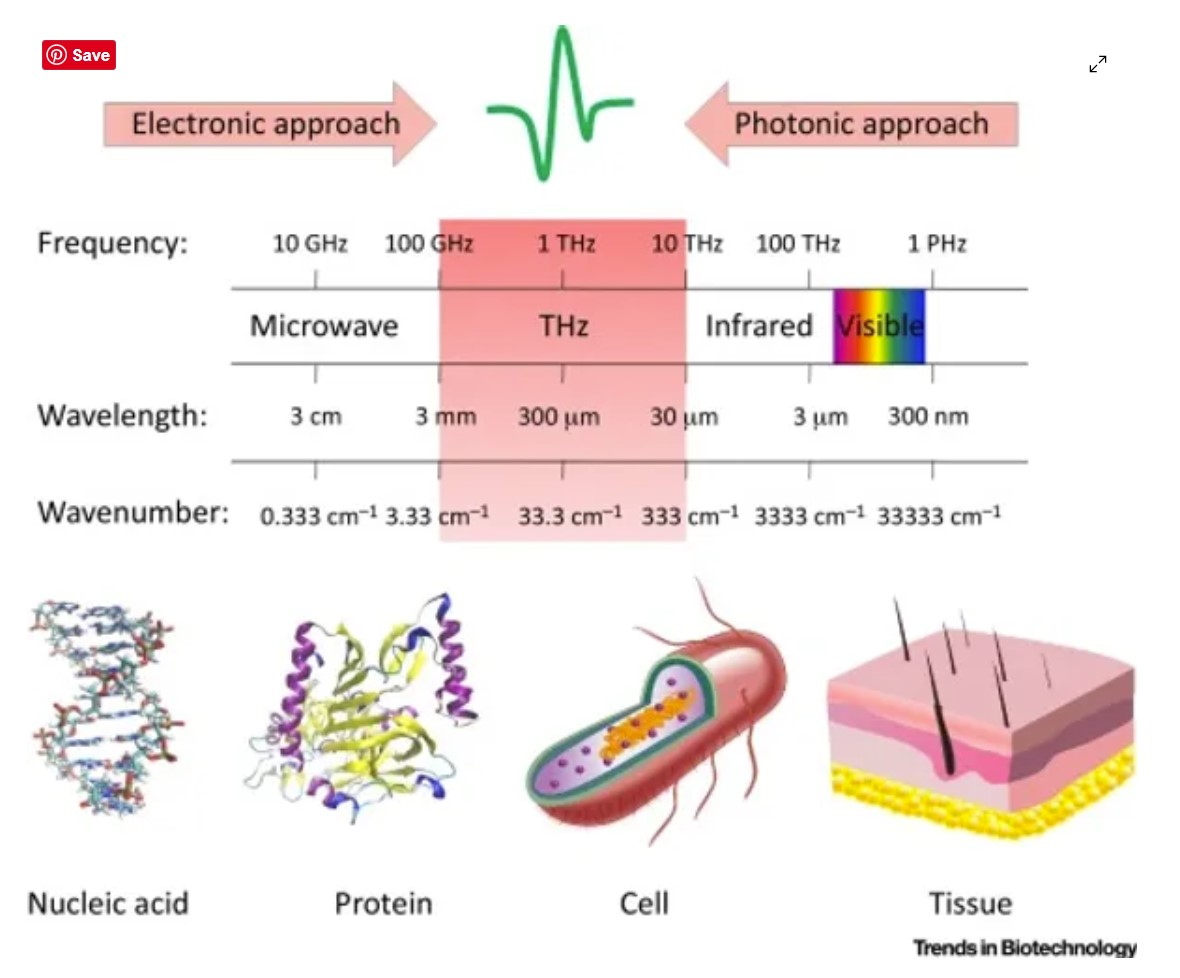
Activated vitamin D from light influences at least 500 different gene activities through receptor-mediated epigenetic mechanisms.
Through photosynthesis-like mechanisms, UV rays in the skin induce formation of vitamin D which, subsequently, is transformed to its intermediary 25(OH)D3 and, finally, to the highly-active 1,25(OH)2D3 form, which is said to be 500-fold more biologically active. These latter two energy-requiring steps are affected by the ubiquitous superfamily of enzymes known as the cytochrome p450 system.
These protein structures, which function on the basis of EZ water dynamics, are activated by externally applied light pulses.
Skin keratinocytes, one of the few cell lines other than kidney cells capable of completing the entire chain of vitamin D synthesis, contain b -1-hydroxylase, which transforms vitamin D into its highly active form. It seems likely that the biological effects of activated vitamin D are mediated on the basis of internal energy generation via aether dynamics in structured water.
Aether Dynamics & Nerve Function
The second locus in which radiant water-based aether dynamics play a key role is the nervous system.
Given the directionality of flow currents in nerves, the question arises as to where peripheral sensory nerves, which course toward the brain and spinal axis, derive their currents.
The unavoidable conclusion is that they originate in the interstitial fluid compartment.
By the same token, given that the surface of the cerebral hemispheres is lined by dendrites, which convey currents directionally into the deeper brain structures, and which are in direct contact with cerebrospinal fluid, one must draw similar conclusions as to the origin of electrical currents in the brain.
The flow of currents in the nervous system is driven by cardiac dynamics.
Each systolic contraction of the heart creates a suctional force in nerves which draws currents forward into both peripheral sensory nerves and dendrites over the outer surface of the brain. When the heart dilates it moves fluids; when it contracts it moves electrical currents.
A more pressing issue concerns the question of nerve function itself. What do nerves actually do? It has been recognized for two centuries that limb regeneration depends on the presence of intact nerves in the surrounding medium. In the 1820s T. J. Todd observed that severing or deflecting the sciatic nerve in salamanders inhibited regeneration and healing. He speculated that nerves produce factors necessary for such activities and so the notion that nerves possess a trophic function arose. It is now recognized that tissue regeneration in all vertebrate species requires intact peripheral nerves but mechanisms remain poorly understood.
Energy currents carried by nerves induce the generation of various structures. Higher vertebrates including humans possess little capacity to regenerate lost limbs but nerves play an important role in wound healing, which is but a more restricted form of regeneration.
Loss of nerve potentials, as in traumatic spinal cord injury, is associated with impaired wound healing in tissues below the injury level. The same problem occurs in long-standing diabetes in which impaired nerve function is a well-recognized accompaniment. Diabetes is a leading cause of limb amputation in older people. Peripheral neuropathies, diffuse vascular disease, chronic skin ulcers, and defects in bone metabolism all go hand-in-hand in late-stage diabetes. What other than the flow of energy currents distinguishes the capacity to regenerate from the purely deteriorative effects of diabetes? The discovery of the preconditioning phenomenon in recent decades sheds new light on the trophic function of nerves and the significance of organized flow currents in generation and wound healing.
In the 1980s Charles Murry and colleagues, seeking to understand mechanisms at play in the development of myocardial infarction, tested whether intermittently reopening the coronary arteries to allow for a brief return of blood flow altered the course of cellular injury. In a control group of dogs, a coronary artery was clamped for 40 minutes to assess the extent of infarct damage. Another group underwent a series of four 5-minute arterial occlusions interrupted by 5-minute intervals of reperfusion. Afterward, the artery was clamped for 40 minutes. To their complete surprise, animals that received preconditioning (PC) pulses had only about 25% of damage as the control group. Subsequent studies revealed that the protective effect lasts for ~2-3 hours, disappears, and then recurs ~24 hours later (called the second window of protection) and persists for ~24-72 hours. The application of brief periods of ischemia by interruption of blood flow to any organ or limb confers body-wide protection against subsequent ischemia. The PC phenomenon is now recognized to be the most powerful endogenous form of tissue protection ever discovered.
Another issue concerns the role that neurons play in consciousness and, in particular, the generation of internal visual images. In viewing the external world there is the subjective perception that one is looking outwardly through the eyes but such is not the case. In reality, a wavefront reflects off an image, and excites photosensitive retinal cells generating nerve currents that simultaneously activate cortical regions in the occipital lobes where a 3-D representation is created to be viewed in camera by the subject.
There is a well-described clinical phenomenon called cortical blindness, caused by a variety of factors like stroke, tumors, or toxins, in which retinal function is preserved but the individual is functionally blind. What happens in such cases? In order to answer this, we must reconsider the nature of light.
When one gazes up into the nighttime sky and sees a full moon hovering above what is the source of light radiating from its surface? Conventional wisdom has it that light photons from the sun reflect off the lunar surface back toward earth and, subsequently, into the eye of the viewer. But this is pure conjecture. Radiant solar energy undoubtedly reflects off the moon’s surface back toward the viewer on earth but this ins’t to say that light itself is reflected.
As solar radiation approaches the lunar surface it interacts with the ambient magneto-dielectric field thereby generating light. Properly speaking what one sees is not reflected sunlight but rather moonlight. Light is produced in situ by a resonance mechanism involving the same three aether modalities at play in living bodies. If sunlight really traveled through open space it should light up the solar system like a grand gymnasium but it doesn’t. This same interaction accounts for the generation of light in the earth’s atmosphere during the daytime. As Wheeler points out, light is not a material emanation, a so-called photon, or even a wave packet but a pure induction (resonance) phenomenon.
The striking similarity between Tesla coil emissions, Lichtenberg figures, and the architecture of cerebral neurons lends support to this mechanism.
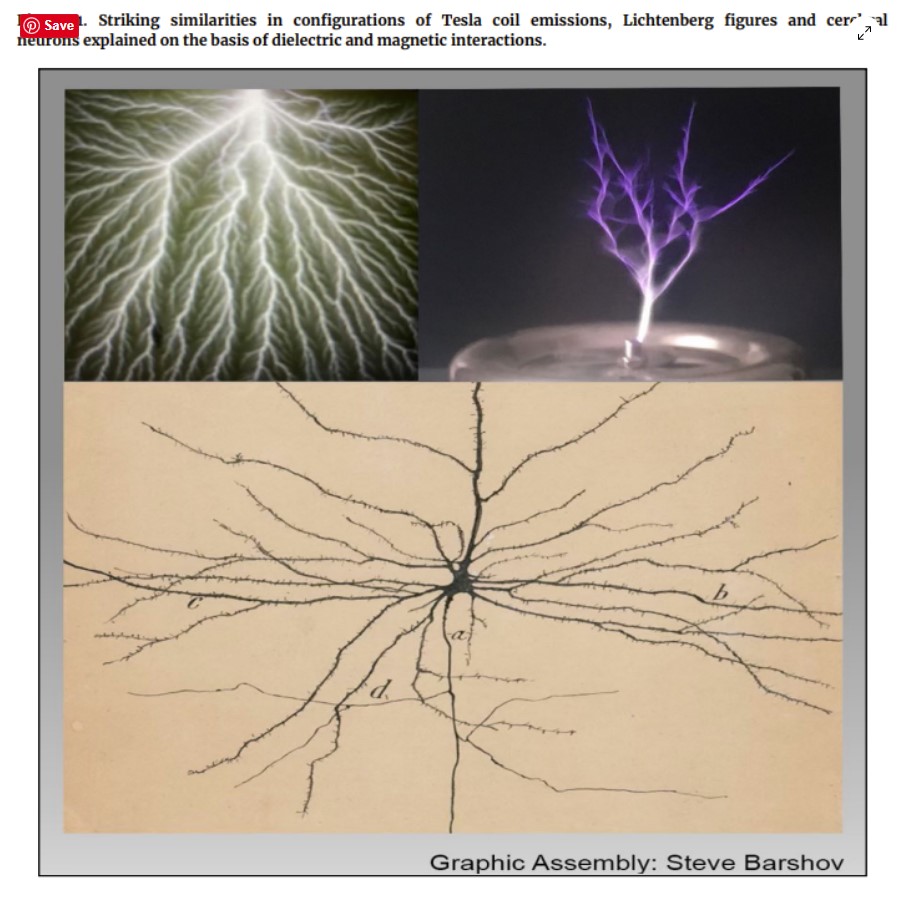
So, it would seem that nerve function, as suggested by regeneration of severed limbs in lower vertebrates, wound healing, the preconditioning phenomenon, and generation of internal visual images occurs purely on the basis of energy transfer via the aether field thereby engendering a diverse range of physiological effects.
Aether and the Dielectric Field
Dielectricity, as determined by its relationship to externally applied electricity, is said to be somewhere in the spectrum between an electrical conductor and an insulator. When an electric potential is applied to the surface of a dielectric object, currents do not flow as in the case of a conductor. On the other hand, electrical currents are not repelled as with an electric insulator. If it is neither conducting nor repelling electric currents then what is it doing? Instead of conducting electric currents, dielectric materials undergo internal polarization, i.e., separation of positive and negative charges, which amounts to the creation of an internal electric field. Dielectric materials are thus said to possess high polarizability expressed numerically as the so-called dielectric constant, which is supposedly an indication of energy storing capacity (capacitance).
Like the problem raised by the hypothetical elastic recoil of the heart following systolic contraction, in which energy appears to come out of nowhere and cause dilation of the ventricle, the issue of energy storage and capacitance in dielectric objects would seem to demand a direct relation between the dielectric and aether fields.
In living bodies, dielectric forces originate in the interstitial fluid compartment and are mediated by water, which has one of the highest dielectric constants, i.e., polarizability, of all substances indicating its ability to ‘store’ energy which amounts to de novo energy generation through the conjoined magneto-dielectric field and aether. Paradoxically, in addition to its pronounced dielectric properties, another anomalous property of water is its ability to conduct electric currents which puts it in a unique class of its own. Through the aegis of water, the effects of the dielectric field manifest in tissue architecture and at the cellular layer through induction of gene expression and formation of structural elements including molecular energy substrates like ATP.
Electrical currents streaming through the electrode (a conductor) at the cathode generate a magnetic field around the wire which causes the expansion of water. By the same token, currents drawn out by the anode induce dielectric contraction in surrounding water which causes its level in the tube to drop. When one says that water is polarizable, it means that electricity causes the dielectric and magnetic fields to repel each other as in magnetic induction. This same effect can be observed at a planetary level in the periodic waxing and waning of the tides.
It is thus apparent that the dielectric properties of water, i.e., its tendency to undergo polarization, are mediated by interactions between the dielectric and magnetic fields and that its so-called capacitance, the ability to store energy, can only be explained on the basis of an aether-related resonance effect.
It is hardly surprising that the heart, the center of the body’s energy-generating system, is the first organ to experience this aether-related resonance effect.
The arteries and veins too are like electric cables that connect the heart to all the cells and tissues of the body.
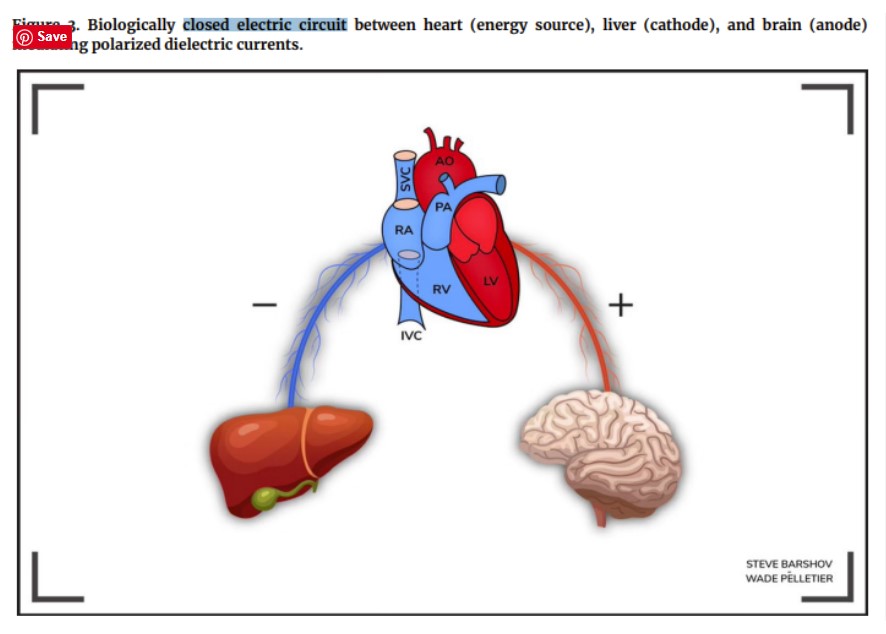
More recent studies indicate that such fields are necessary for limb regeneration and wound healing. Biologist Michael Levin, a leading proponent of developmental fields, published linchpin studies confirming that appendage regeneration requires alterations in ion currents and membrane gradients, i.e., the dielectric field. He offers compelling evidence linking changes in membrane potentials to changes in gene expression.
Evidence from developmental biology thus points to the presence of a complex, organized field structure that generates voltage gradients, currents, and resistances that actively mediate the structural organization of living bodies via the conjoined magneto-dielectric and aether fields. This is all accessible in the Terahertz Frequency Range!
Sources:
https://en.wikipedia.org/wiki/HERG
https://en.wiktionary.org/wiki/ether
https://www.thegms.co/med-phy/medphys-rw-21110401.pdf
DID YOU KNOW? NEWSLETTER:
"GETTING WELL NOW!"

